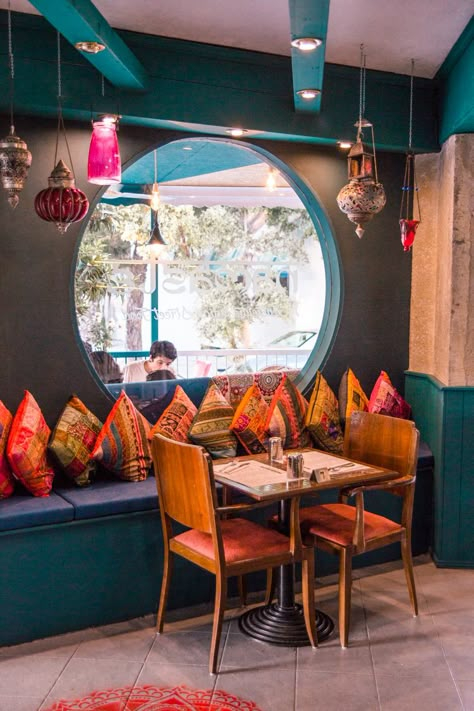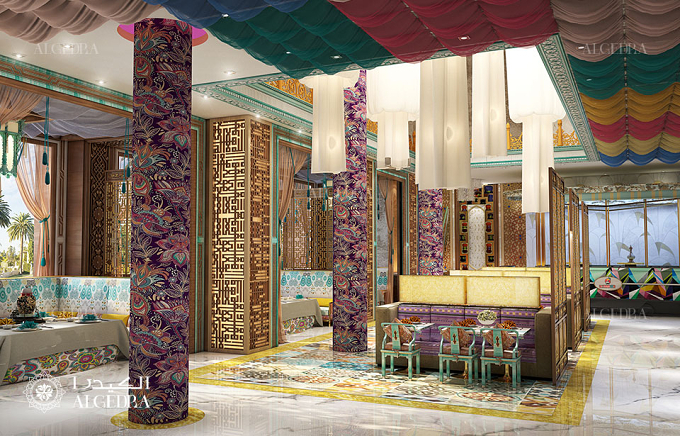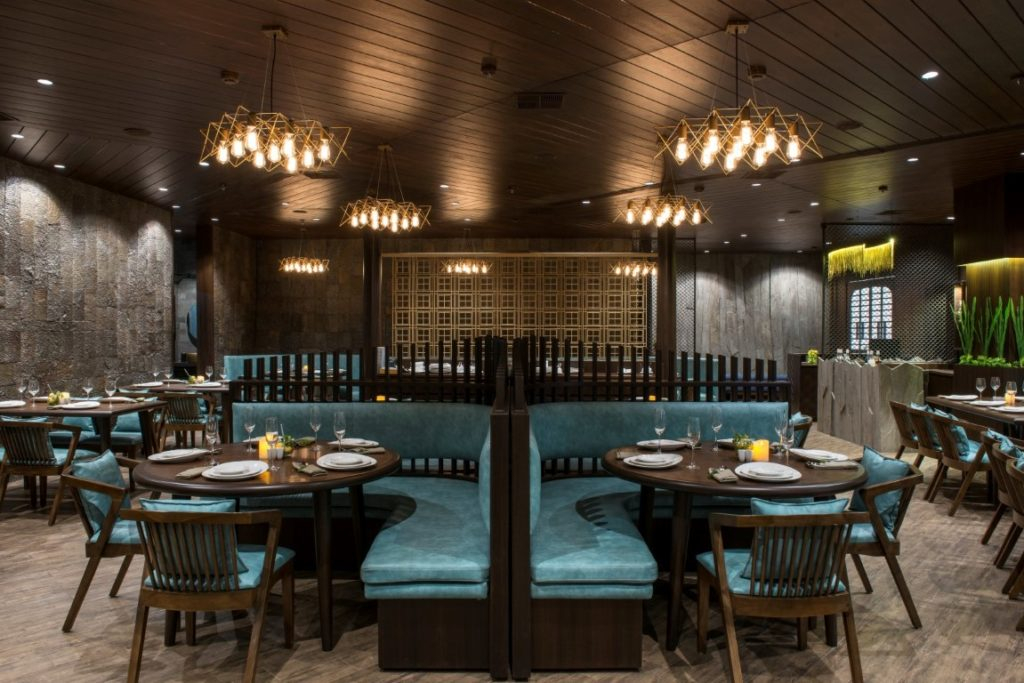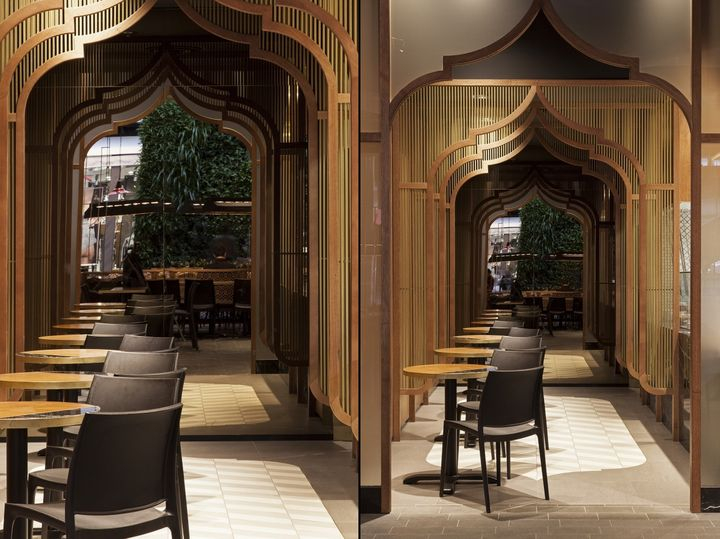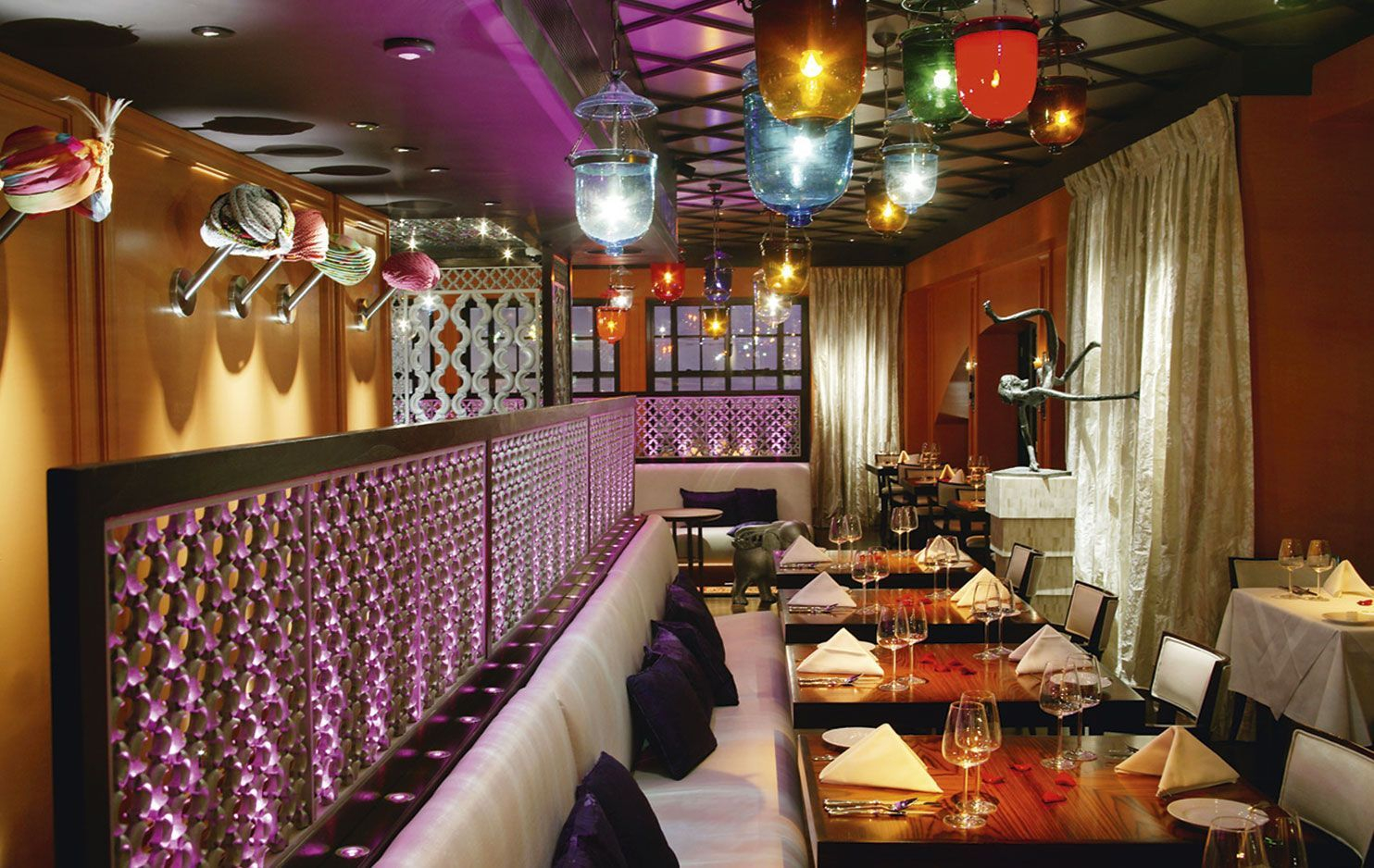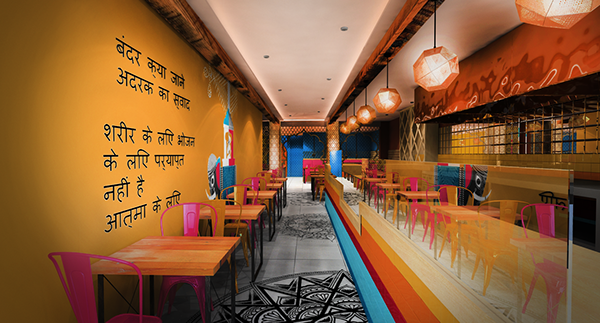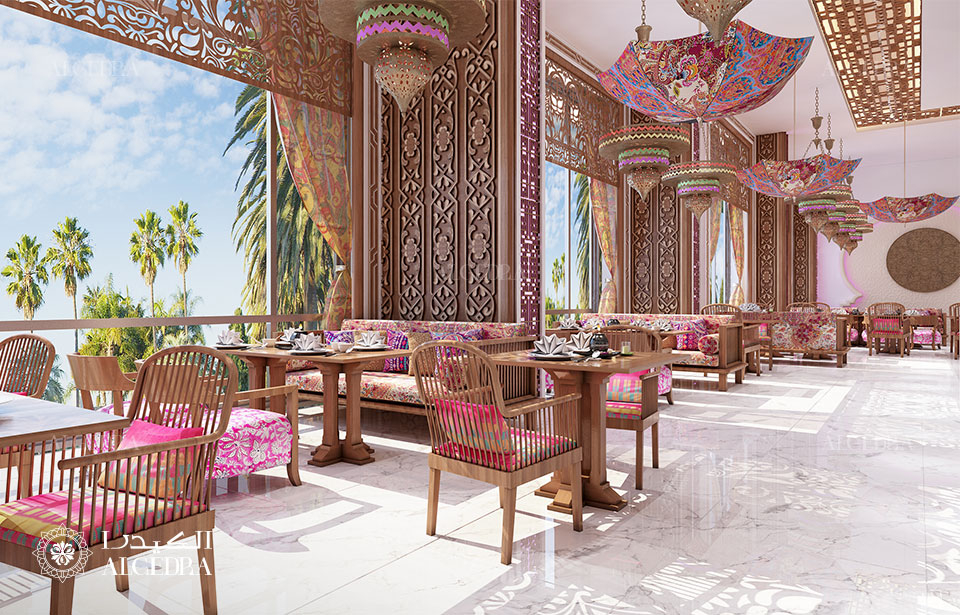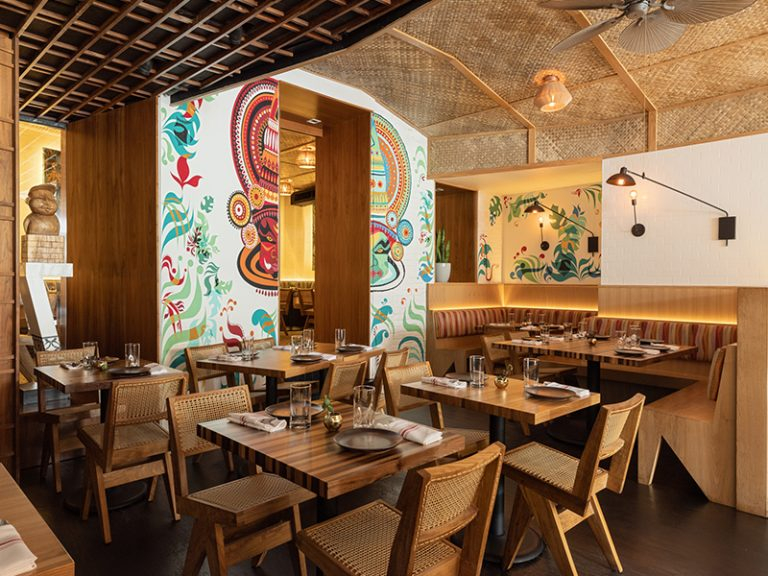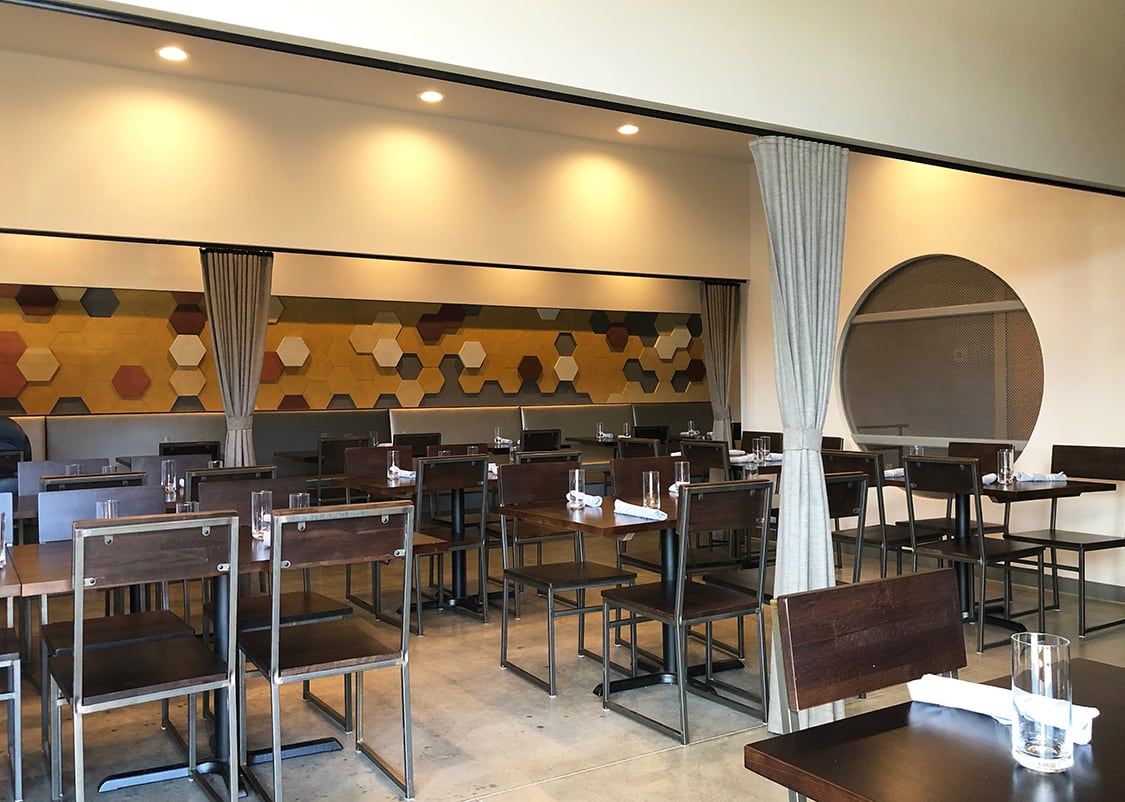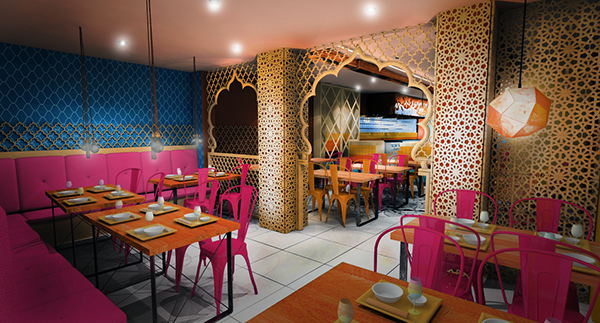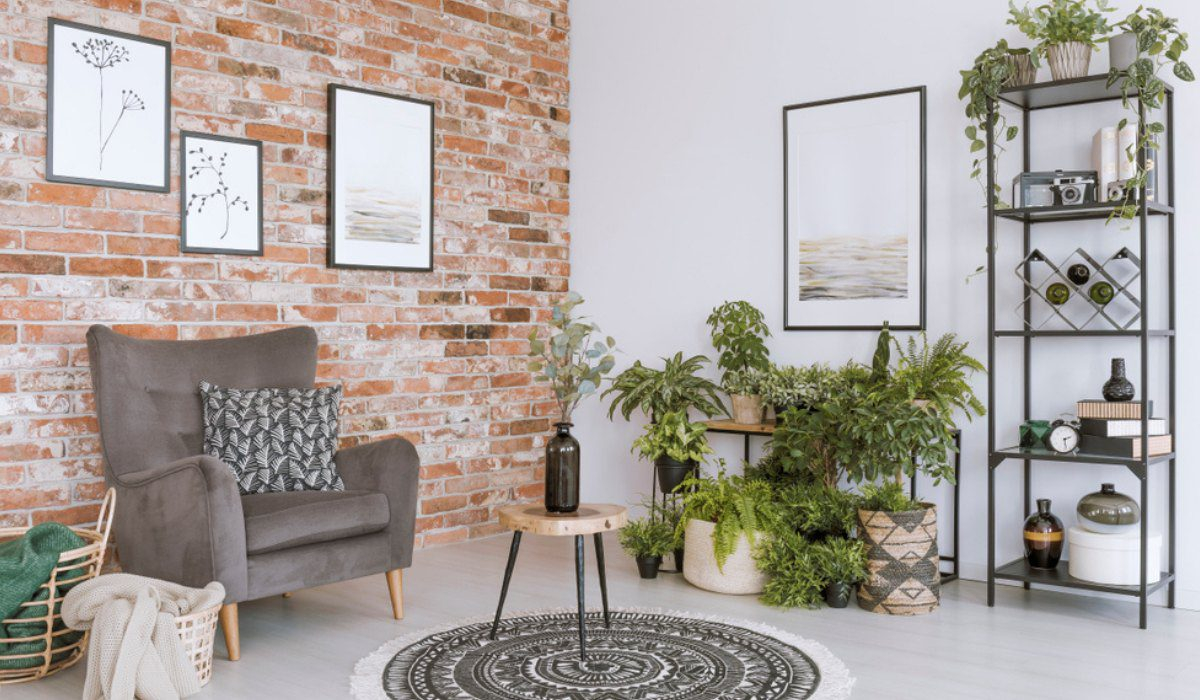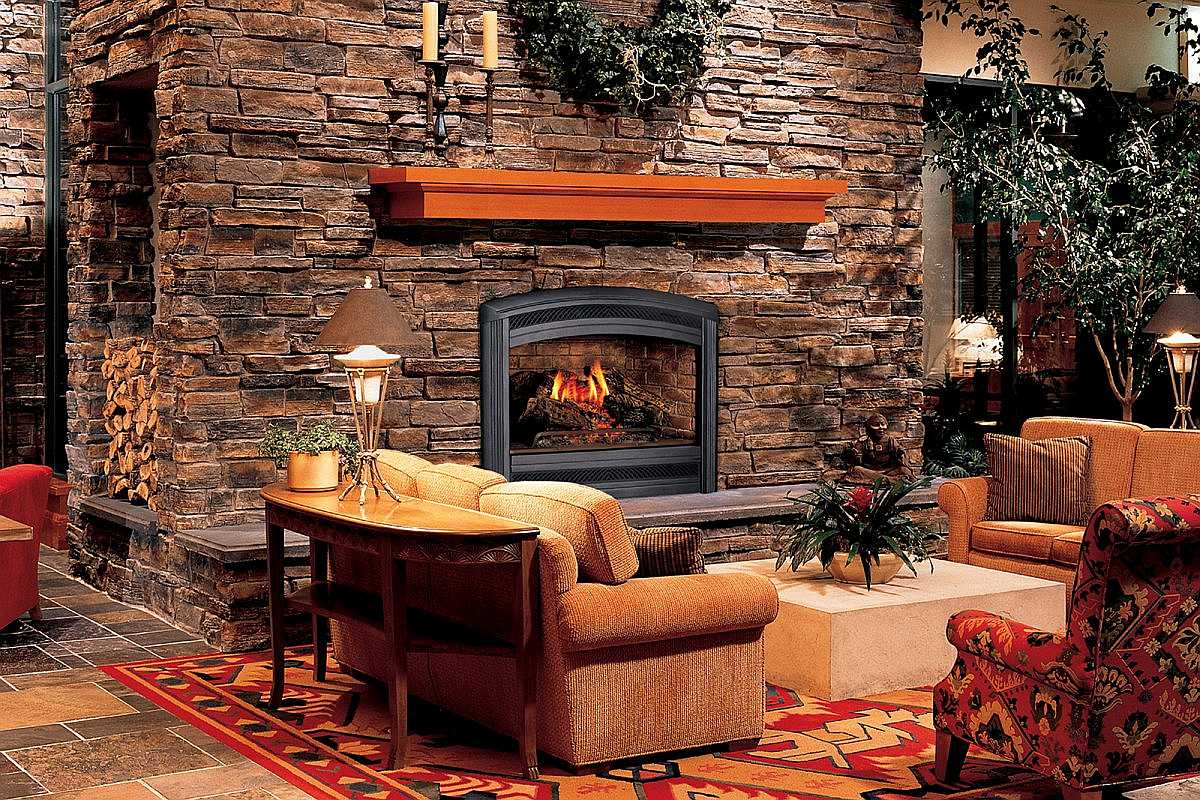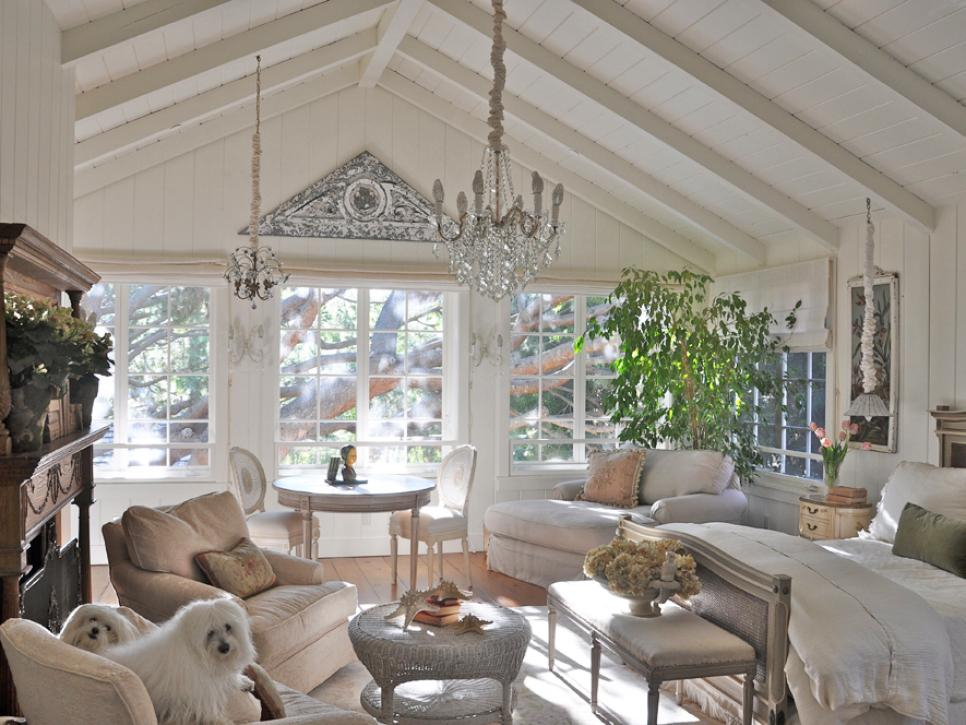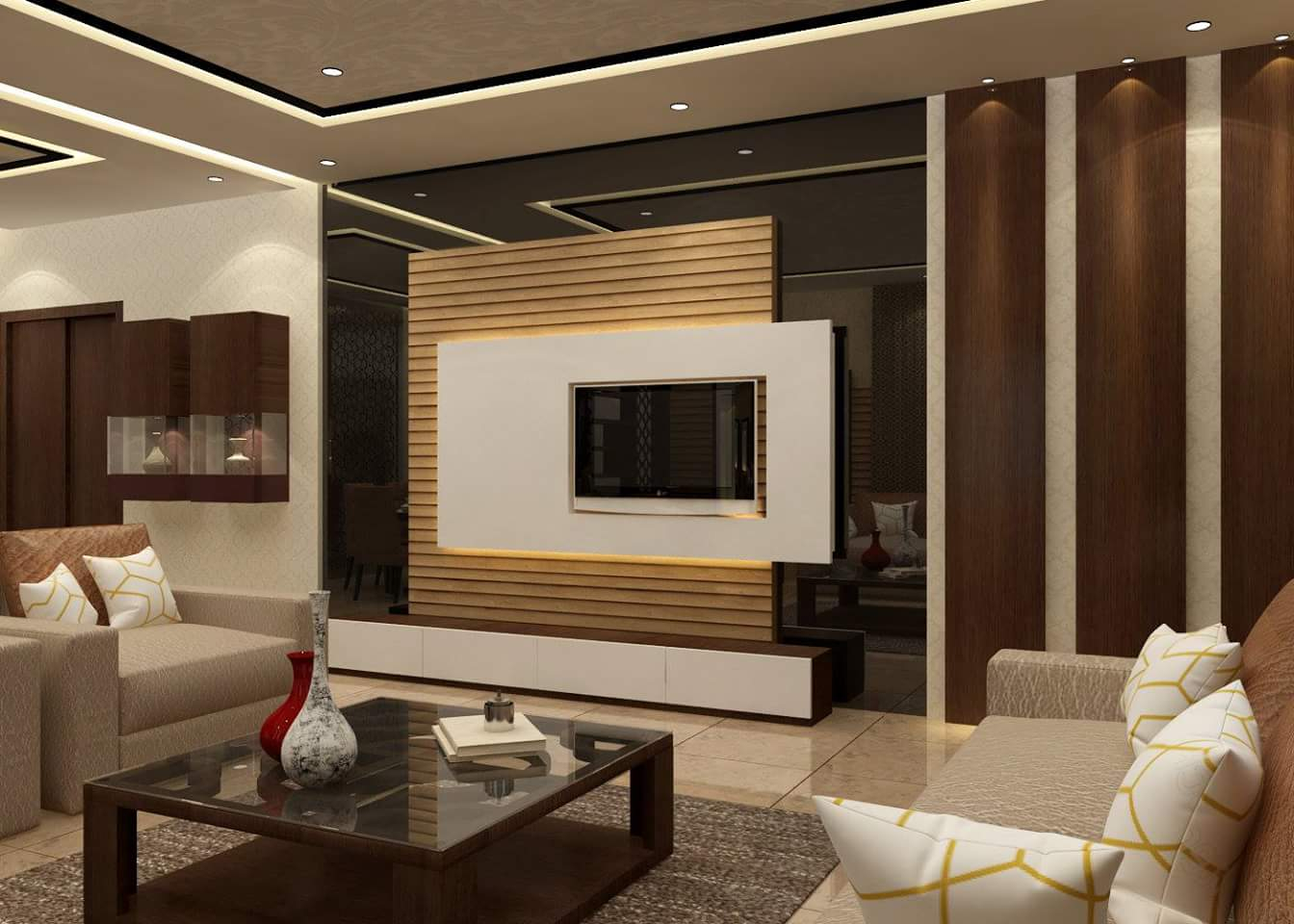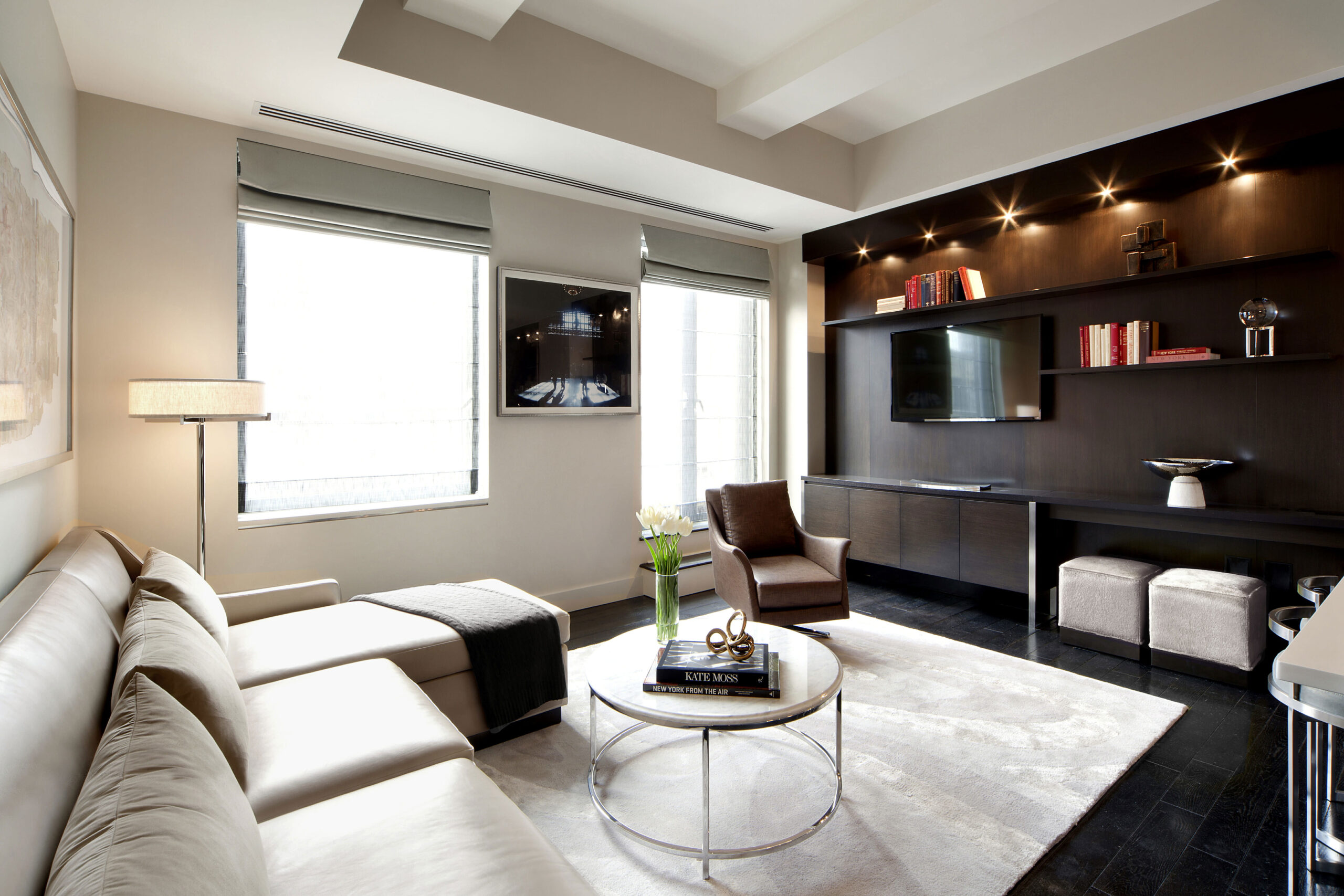Remember when Indian food was primarily associated with sprawling buffets, a kaleidoscope of curries and rice piled high. While those days certainly hold a certain charm and offer a fantastic way to sample many dishes, something truly remarkable has been happening. The way we experience Indian cuisine is undergoing a beautiful transformation, evolving from a purely utilitarian offering to a meticulously crafted aesthetic journey.
For many, the image of Indian dining conjures up memories of generous helpings and an almost overwhelming array of choices at a buffet. It’s a style that speaks to hospitality and abundance, a tradition deeply rooted in welcoming guests with open arms and a table laden with food. But as culinary landscapes broaden and global influences weave their way into local traditions, Indian restaurants and home cooks alike are exploring new ways to present this vibrant cuisine. It’s not about replacing the old, but rather adding new layers of appreciation for the artistry involved. We’re talking about a move towards a more curated, thoughtful, and visually stunning presentation that complements the rich flavors we already adore.
The Rise of Plated Perfection
One of the most noticeable shifts is the move away from self-service buffets to elegantly plated dishes. Think of it as transitioning from a bustling marketplace to a curated art gallery. Chefs are now focusing on the visual appeal of each dish, considering color, texture, and arrangement. A single plate can tell a story, showcasing the delicate balance of spices and ingredients. For instance, a Tandoori Chicken might be presented not just as a piece of meat, but with a swirl of vibrant mint chutney, a sprinkle of fresh cilantro, and perhaps a delicate edible flower. This attention to detail elevates the entire dining experience, making each meal feel special and considered. It’s about savoring not just the taste, but the entire visual composition.
Atmosphere: Setting the Scene for Flavor
Beyond the food itself, the ambiance of an Indian restaurant has become a crucial element of its aesthetic. It’s no longer just about the food; it’s about the entire sensory immersion. Restaurants are investing in thoughtful interior design that reflects the diversity and richness of Indian culture without resorting to tired clichés. We’re seeing a sophisticated blend of traditional motifs with contemporary design. Imagine warm, inviting lighting, perhaps intricate carved wooden screens, or subtle textiles that hint at India’s rich craft heritage. This thoughtful environment creates a backdrop that enhances the dining experience, making it more intimate and engaging. It’s like choosing the perfect frame for a beautiful painting.
The Art of Garnishing and Presentation
Garnishes are no longer an afterthought; they’ve become an integral part of the dish’s design. A simple sprinkle of coriander can be transformed into a delicate pattern, or a sliver of chili pepper can add a pop of color and intrigue. Chefs are experimenting with microgreens, edible flowers, and even drizzles of contrasting sauces to add visual depth and complexity. Consider the humble samosa; once just a fried pastry, it might now be served with a trio of chutneys artfully arranged in small bowls, perhaps with a scattering of pomegranate seeds for a burst of color and sweetness. This level of care shows respect for the ingredients and the diner, transforming a meal into a visual delight. It’s the difference between a quick sketch and a finished masterpiece.
Tasting Menus and Deconstructed Classics
The influence of fine dining has also led to the introduction of tasting menus, offering smaller, more refined portions of signature dishes. This allows diners to experience a wider range of flavors and textures in a single sitting, often presented in a progressive, story-like manner. Furthermore, some chefs are embracing deconstructed versions of classic Indian dishes. This means taking familiar flavors and presenting them in unexpected ways. For example, a Biryani might be served with the fragrant rice and marinated meat presented separately, allowing the diner to mix them at their leisure, or individual components of a complex curry might be highlighted. It’s a playful yet respectful way to engage with culinary heritage. It’s like understanding the individual notes that make up a beautiful melody.
Beverage Pairings: Enhancing the Experience
The evolution also extends to beverages. Gone are the days when a simple soft drink or lassi was the only accompaniment. Now, many Indian restaurants offer carefully curated beverage programs, including wine pairings, craft cocktails with Indian-inspired ingredients, and a wider selection of regional beers. Imagine a crisp Sauvignon Blanc cutting through the richness of a creamy Korma, or a spiced gin cocktail complementing the heat of a Vindaloo. These thoughtful pairings not only enhance the flavors of the food but also add another dimension to the overall dining aesthetic. It’s about creating a harmonious symphony of tastes and aromas. It’s really quite fascinating how these elements work together.
The Cultural Narrative in Presentation
Ultimately, the evolving aesthetics of Indian dining are also about telling a story. The presentation, the ambiance, and the careful selection of dishes all contribute to a broader cultural narrative. It’s a way for chefs and restaurateurs to share their heritage, their regional influences, and their personal interpretations of Indian cuisine with a wider audience. Whether it’s through the use of traditional pottery, the incorporation of regional art, or the explanation of a dish’s origins, there’s a growing emphasis on connecting the diner to the cultural roots of the food. This deeper connection transforms a simple meal into a richer, more meaningful experience. It’s about understanding where the food comes from and the people who created it.
The journey of Indian dining aesthetics is far from over. It’s a dynamic and exciting space where tradition and innovation dance together. While the comforting familiarity of a good buffet will always have its place, the growing appreciation for plated artistry, immersive atmospheres, and thoughtful presentation offers a new and equally rewarding way to experience the incredible diversity and depth of Indian cuisine. It’s a testament to the enduring creativity of chefs and the ever-growing curiosity of diners. So next time you dine, take a moment to appreciate not just the flavors, but the entire visual and sensory story being told on your plate and around you. It’s a beautiful evolution, wouldn’t you agree.

